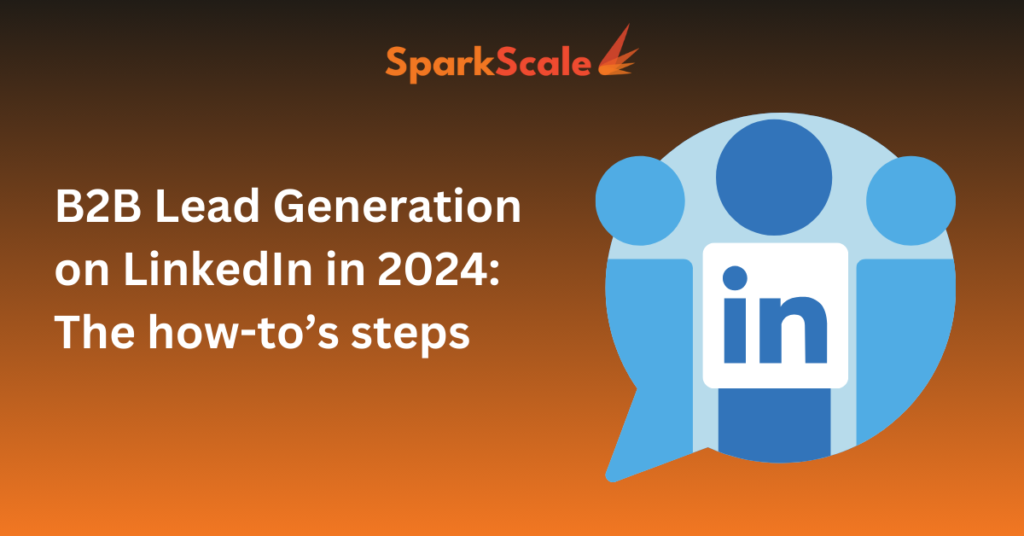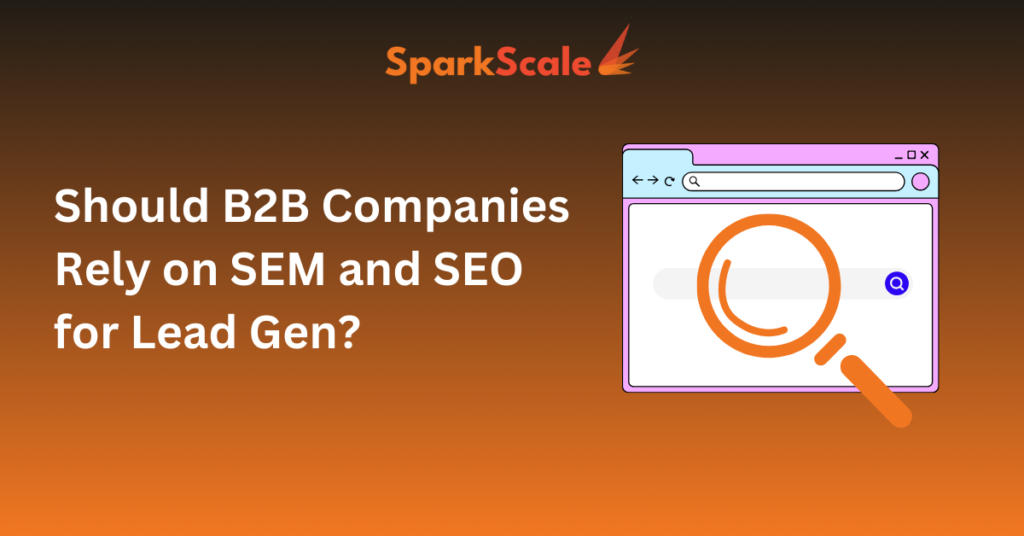Mastering B2B Lead Generation on LinkedIn in 2024: The how-to’s steps.
In the competitive landscape of B2B lead generation, LinkedIn has emerged as a powerful platform for businesses to connect with potential clients, build relationships, and drive sales. However, achieving success on LinkedIn requires a strategic approach that goes beyond mere networking. In this comprehensive guide, we will explore proven strategies for mastering B2B lead generation on LinkedIn in 2024, focusing on the key aspects that can make a significant difference in your results.
Ideal Client Persona (ICP):
The foundation of successful B2B lead generation on LinkedIn in 2024 lies in understanding your ideal client persona (ICP). This involves delving deep into the demographics, preferences, pain points, and buying behavior of your target audience. By speaking their language, addressing their needs, and providing valuable solutions, you can position yourself as a trusted authority in your industry.
- Define your ICP: Identify the demographics, preferences, pain points, and buying behavior of your ideal clients.
- Speak their language: Tailor your messaging to resonate with your ICP, using their industry-specific terminology and addressing their specific needs.
- Continuous refinement: Regularly revisit and update your ICP to ensure it reflects current market conditions and consumer behavior.
Thought Leadership:
Thought leadership is a powerful tool for attracting B2B leads on LinkedIn. To establish yourself as a thought leader, you need to have a unique perspective on your industry and be able to articulate it effectively. This can involve answering critical questions about your beliefs, values, and the solutions you offer. By sharing valuable insights and thought-provoking content, you can capture the attention of your target audience and position yourself as an authority in your field.
- Unique perspective: Develop a unique perspective or opinion on your industry that sets you apart from others.
- Novel content: Create content that offers new insights or approaches, rather than repeating what others have already said.
- Personal branding: Use your unique perspective to craft your personal brand and establish yourself as a thought leader in your field.
Solving Business Problems:
Your LinkedIn content should focus on addressing the specific business problems and pain points of your target audience. By understanding their challenges and offering relevant solutions, you can demonstrate your expertise and build credibility. The suggested content structure for lead generation is:
{ICP Pain/problem/desire} + {Solution} + {Call to value} = Leads.
This formula ensures that your content is not only informative but also actionable, prompting potential leads to engage with your brand.
- Understand pain points: Identify the specific business problems and pain points your ICP faces in their industry.
- Offer solutions: Provide actionable solutions to these problems, demonstrating your expertise and understanding of their needs.
- Call to value: Clearly communicate the value of your solutions and how they can benefit your potential clients.
Data-Driven Approach:
To maximize your B2B lead generation efforts on LinkedIn, you need to take a data-driven approach. Regularly analyzing the performance of your posts can provide valuable insights into what resonates with your audience. Identify which posts receive the most views, leads, and engagement, and use this data to refine your content strategy. By focusing on what works and iterating on your approach, you can continuously improve your results.
- Performance analysis: Regularly analyze the performance of your LinkedIn posts to identify what resonates with your audience.
- Metrics to track: Pay attention to metrics such as views, leads generated, and engagement rates to gauge the effectiveness of your content.
- Iterative improvement: Use data insights to refine your content strategy, focusing on what works best to drive B2B lead generation.
Targeted Outreach:
Instead of casting a wide net, focus on targeted outreach to engage with potential leads who are already familiar with your brand. Monitor metrics such as comments, profile views, and likes to identify prospects who are showing interest in your content. Engage in meaningful conversations with these prospects, asking qualifying questions and sharing relevant content that addresses their needs. By building rapport and offering value, you can increase the likelihood of converting these prospects into leads.
- Identify engaged prospects: Monitor engagement metrics like comments, profile views, and likes to identify prospects showing interest in your content.
- Meaningful conversations: Engage with these prospects in meaningful conversations, asking qualifying questions and offering personalized content.
- Build rapport: Use targeted outreach to build rapport with prospects, demonstrating your understanding of their needs and willingness to provide value.
In conclusion, mastering B2B lead generation on LinkedIn requires a strategic and data-driven approach. By understanding your ideal client persona, establishing yourself as a thought leader, addressing business problems, analyzing data, and engaging in targeted outreach, you can create a powerful lead generation machine on LinkedIn. By implementing these strategies consistently and iteratively, you can achieve sustainable success in generating B2B leads on LinkedIn.


